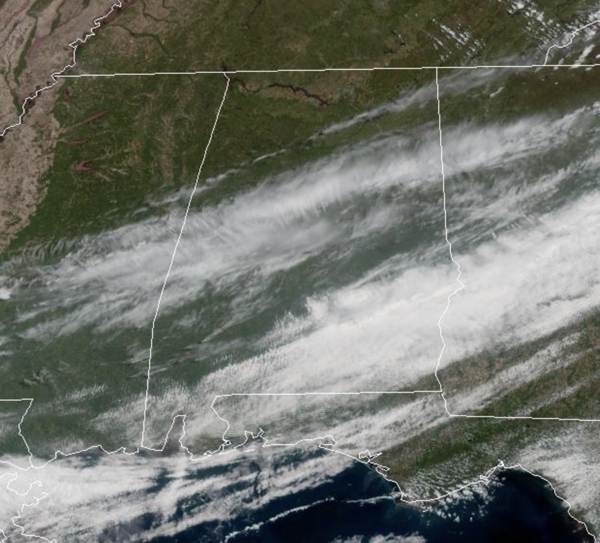I love Thanksgiving. It may be my favorite holiday. It is a time when everyone is home, including my college age boys. Our tradition has evolved over the years, and it involves wonderful food and time spent being thankful. A big part of it is getting up on Thursday morning and preparing the food while watching the Macy’s Thanksgiving Day Parade. I get more excited today than I did as a kid when the giant balloons come floating down the urban canyons of New York City. Three million people line the parade route. Their main concern is usually temperature and rain. But the real danger comes from the wind.
You may have seen the remarkable photo of an out of control Mr. Potato head menacingly low in the swirling winds of Columbus Circle during the Macys TD Parade parade a few years ago. While the photo was funny, the real life threat that theballoons can pose isn’t so humorous.
In 1956, three balloons, including Mighty Mouse collapsed. One crashed into a lamppost at 62nd Street and Central Park West. In 1971, winds grounded the balloons, much to the disappointment of the crowds and television audiences. In 1993, Sonic the Hedghog went ary in strong winds and crashed into a lamppost, injuring people people.
On November 27,1997, Winds gusting to 40 mph caused the huge Cat in the Hat balloon in New York City’s Macy’s Thanksgiving Day Parade to blow out of control, toppling a light post and injuring four spectators, one seriously. It was the worst wind incident in the history of the parade, which started in 1924.
Weather plays a big part in the handling and safety of those balloons. At the NWA meeting in October, Brando Smith from the National Weather Service Upton, New York described the system. There are key decisions, including: should the balloons be grounded; how high should they fly; and how many handlers are required.
Behind the scenes, a sophisticated weather monitoring and forecasting effort is working. Observations from just the Central Park ASOS are just not enough. The ASOS equipment measured 10 second gusts and 2 minute sustained winds. This resolution is not fine enough for decision making. Seven additional sensors are employed along the route, monitored by a private contractor. These sensors utilize a 3 second gust for better decision making.
The NWS in Upton interprets the data and issues short term forecasts for the New York City Office of Emergency Management. Guidelines require the grounding of the big balloons, such as Charlie Brown, Big Bird and Spiderman when sustained winds reach 23 mph or gusts reach 34 mph. Wind could be an issue in this year’s parade.
That’s a look at parade balloons gone wild…in some wild weather.









